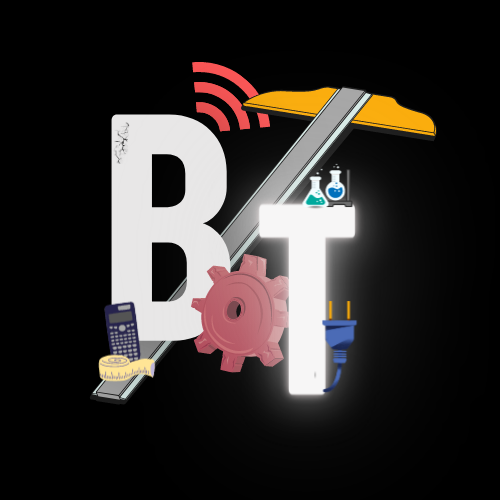World’s First Real-Time Wearable Human Emotion Recognition Technology Unveiled
A team of researchers at Ulsan National Institute of Science and Technology (UNIST) has made a significant leap forward in wearable technology with the development of the world’s first real-time emotion recognition system. This groundbreaking innovation, led by Professor Jiyun Kim, promises to revolutionize various industries by enabling next-generation wearable devices that personalize services based on a user’s emotional state.
Cracking the Emotional Code: Multimodal Data for Accurate Recognition
Historically, accurately capturing human emotions has proven challenging due to their subjective nature. Professor Kim’s team tackled this hurdle by creating a multi-modal human emotion recognition system. This system leverages a combination of verbal and non-verbal cues, such as facial expressions and vocal tones, to paint a more complete picture of a user’s emotional state.
Innovation at Your Fingertips: The PSiFI System
Central to this system is the PSiFI (Personalized Skin-Integrated Facial Interface). This self-powered, stretchable, and transparent interface seamlessly integrates with the skin. A key feature is the first-of-its-kind bidirectional triboelectric strain and vibration sensor. This sensor allows for the simultaneous capture of both verbal (vocal cord vibrations) and non-verbal (facial expressions) data. The system is further enhanced by a fully integrated data processing circuit that enables real-time emotion recognition and wireless data transfer.
Machine Learning Powers Accuracy and Mask-Friendly Recognition
The UNIST team harnessed the power of machine learning algorithms to ensure the system delivers accurate and real-time emotion recognition, even when users are wearing masks. The technology has already been successfully applied in a VR (Virtual Reality) environment, powering a “digital concierge” that tailors recommendations based on a user’s emotions.

Friction Charging: Powering Emotion Recognition
The system leverages a unique power source – friction charging. This phenomenon generates electricity when objects separate, eliminating the need for external power sources or bulky measurement devices.
Customization and Real-Time Applications
Professor Kim highlights the ability to personalize the PSiFI system, stating, “We’ve developed a skin-integrated facial interface that can be customized for individual users.” This customization is achieved through a combination of a semi-curing technique for the transparent friction-charging electrodes and a multi-angle shooting technique for creating personalized masks that offer flexibility, elasticity, and transparency.
Beyond the Lab: Real-World Applications
The research team successfully integrated facial muscle deformation and vocal cord vibration detection, paving the way for real-time emotion recognition. They showcased the system’s capabilities in a VR “digital concierge” application, demonstrating the potential to personalize services based on user emotions.
Future Possibilities: Portable Emotion Recognition and Personalized Experiences
Jin Pyo Lee, the study’s first author, emphasizes the potential of the technology: “This system allows for real-time emotion recognition with minimal training and without complex equipment. This opens doors for portable emotion recognition devices and next-generation, emotion-based digital platforms.”
The research team is optimistic about the future applications of this technology. They envision portable emotion recognition devices and the creation of personalized experiences across various industries, including smart homes, entertainment, and work environments.

Beyond Recognition: Towards a Deeper Understanding of Human-Machine Interaction
Professor Kim concludes by underlining the significance of emotion recognition in human-machine interfaces (HMI): “For effective human-machine interaction, HMI devices need to collect diverse data and handle complex information. This study showcases the potential of leveraging human emotions, a complex form of human information, in next-generation wearable systems.”
This groundbreaking research, published in the prestigious journal Nature Communications (DOI: 10.1038/s41467-023-44673-2), was a collaborative effort between UNIST and Nanyang Technological University in Singapore. It was supported by the National Research Foundation of Korea (NRF) and the Korea Institute of Materials (KIMS) under the Ministry of Science and ICT.
Keywords: Real-time emotion recognition, PSiFI (Personalized Skin-Integrated Facial Interface), Multi-modal human emotion recognition, Human-machine interaction (HMI, Machine learning, Wearable technology, Friction charging, UNIST develops real-time emotion recognition system, Emotion recognition for human-machine interaction, Next-generation emotion-based digital platforms, Skin-integrated interface, Wearable emotion recognition system





Leave a comment